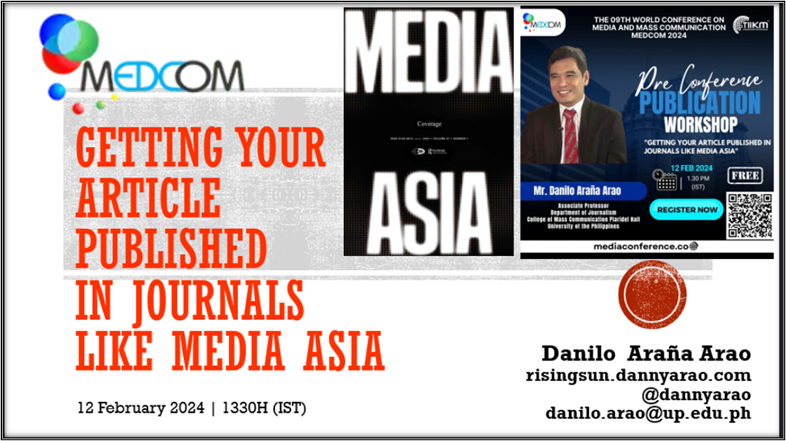The Journal Publishing Life Cycle: A Guide for Authors

Journal publishing is like a journey with several important stops along the way. Let’s take a closer look at each step of the process, from organizing the editorial board to preserving and archiving published research.
Organizing Editorial Board:
Editors play a crucial role in the journal publishing process. They are chosen based on their expertise in the field and work closely with publishers to shape the journal’s scope and policies. Editorial boards, consisting of experts in the field, help ensure that the published content reflects the latest and most important research.
Soliciting and Managing Submissions:
Getting submissions is key to keeping a journal thriving. This involves promoting the journal through various channels such as newsletters, email, conferences, and social media. Managing submissions is made easier with online submission systems, allowing authors to track the status of their papers using unique reference numbers.
Peer Review:
Peer review is like quality control for research papers. It helps determine the validity, significance, and originality of the research. Publishers play a facilitating role in this process by investing in online review systems and providing tools to editors and reviewers.
Journal Article Production:
Once a manuscript is accepted, it goes through several stages before being published. This includes copy editing, author proofing, and preparation for publishing. Finally, the published article gets its logo and branding before being released in various formats like print, HTML, or PDF.
Publishing Models:
There are different ways journals can operate. In traditional publishing, authors publish their papers for free, while institutions or individuals subscribe to access the content. In open access publishing, authors, institutions, or funding agencies pay a publication fee, making the article freely available to everyone.
Methods of Dissemination:
Journals use various platforms to disseminate their content, including traditional print journals, electronic journal platforms, and advertising-supported portals. Mobile applications offer convenient ways to access articles, blogs, and podcast summaries.
Preservation and Archiving:
To ensure that research remains accessible for years to come, publishers partner with organizations to keep multiple archives of all published research. This helps preserve valuable knowledge and ensures that it remains available for future generations of researchers.
Understanding the journal publishing life cycle can help authors navigate the process more effectively and contribute to the advancement of knowledge in their field. Whether you’re submitting your first paper or considering publishing options, knowing what to expect can make the journey smoother and more rewarding.
Subscribe Us
Join the mailing list to receive all updates and news from TIIKM Publishing
Copyright © 2022 TIIKM Publishing, All Rights Reserved. | Designed by TIIKM – IT Team








